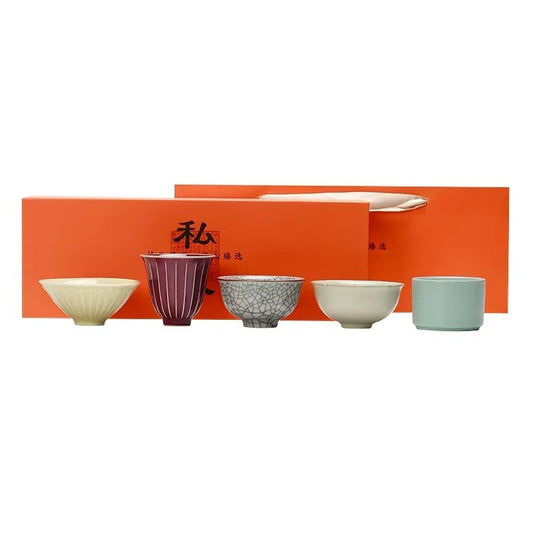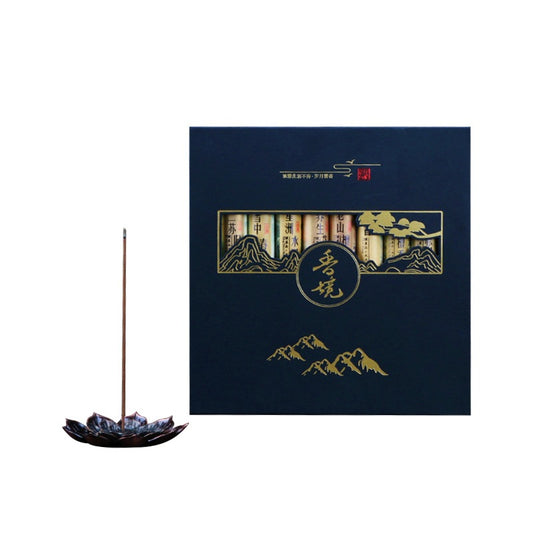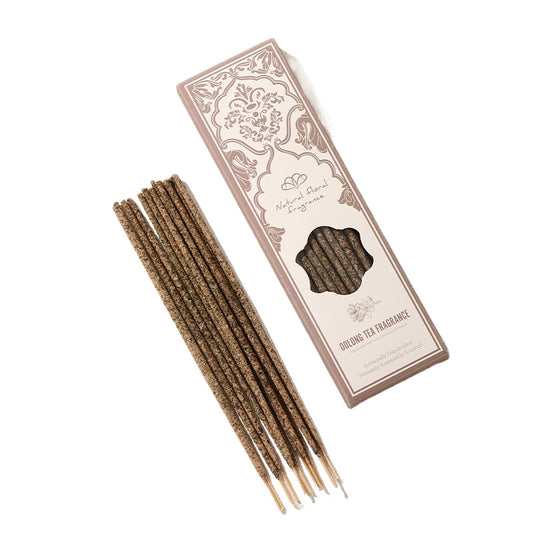
Why You Should Choose Natural Incense
Why You Should Choose Natural Incense
- Chinese incense treats fragrance as a way to keep company with time—one stick, one session.
- Natural Incense uses short, readable ingredients—woods, botanical binder, water—for a breathable presence.
- Good craft shows in steady combustion, standing ash, and a calm, arm’s-length aroma.
- Begin simply: agarwood for focus, sandalwood for morning clarity; always burn safely.
Short answer: Choose Natural Incense for clean materials, a steady ember, and a ritual you can repeat without overwhelming your space.
1. Origins of Chinese incense
I first met Chinese incense in a small, sun-dusted workshop off a quiet street. An elderly maker set a thin stick into a clay holder. The smoke rose straight and calm, like a thread pulling the day into order. “A stick is a measure,” he said. “A letter’s worth of time; a page; a prayer.”
In scholar studios and tea rooms, incense was never a room takeover; it was a companion—present, breathable, and easy to live with. That design for attention still works in modern life.
2. Devotion in practice: how Natural Incense is made
“Hurry the making, and you teach the smoke to hurry,” the maker told me. He laid out the quiet spine of the craft that shapes Natural Incense:
- Selection: Agarwood for depth and focus; sandalwood for warmth and clarity; sometimes frankincense/myrrh for lift. No heavy synthetic perfume.
- Grinding & sieving: Woods milled fine so the ember walks evenly; the ash stands for its own brief life.
- Natural binding: Botanical binder (Machilus—makko/joss) gives structure without adding loud scent.
- Water & rest: Hydrate to an “earlobe” suppleness; rest so moisture distributes gently.
- Form & length: Hand-rolled or gently extruded sticks, often ~21 cm for a 30–45 minute session.
- Shade-dry & cure: Bamboo racks, no harsh sun; then time in paper sleeves to round the edges of the aroma.
3. Why choose Natural Incense
The way a thing is made changes the way it makes you feel. One winter evening, a natural stick kept me inside my writing without stealing the room. When the ember ended, I knew where to stop—no alarm, just a soft boundary.
- Short, readable ingredients: woods + botanical binder + water.
- Breathable presence: thin, graceful smoke that supports focus, journaling, meditation, or evening wind-down.
- Repeatable ritual: one stick equals one session—begin, continue, close.
- Nuance over volume: layered wood tones rather than a single loud note.
4. How to tell it’s truly natural
- Label check: agarwood, sandalwood, botanical binder, water. Be cautious with vague “fragrance.”
- Combustion: calm, linear burn; steady ember; ash that stands without crumbling.
- Sensory arc: no sharp sting at the start; wood detail in the middle; a clean, unclinging finish.
- Craft signals: even thickness, tidy cuts, and maker transparency (origin, drying time, intended mood).
- Distance test: at arm’s length, you feel accompanied—not occupied.
Practical tips
- Start with half a stick and good distance if you’re sensitive.
- Stabilize airflow for accurate reading; ventilate gently after.
- Store sticks in a dry tin or sealed pouch to preserve natural oils.
5. Where to begin (MonianLife)
We curate Natural Incense in the tradition of Chinese incense—clean woods, stable burners, and tools that serve the moment. If you’re new, start simple: agarwood for deep focus; old-mountain sandalwood for morning clarity; gentle wood blends for night.
6. CTA · One honest stick
Clear a corner. Light a stick. Take three slow rounds of breath. Let fragrance mark the edges of your time—so your day can hold more quiet than noise.











